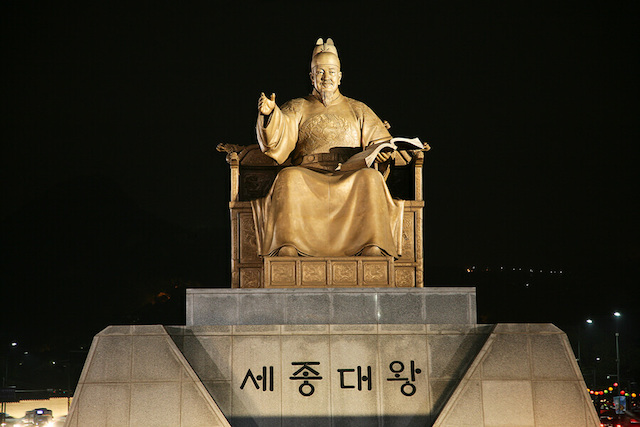While you may be exposed to Korea’s culture and tradition due to the proliferation of their media and entertainment, there’s a high chance you don’t know what their history or language entails. To fully immerse in their culture, you can’t escape from learning the language and its origins. Especially for those who aim to learn the Korean language, here are some quick facts that will imbue you with deep appreciation for the language.
1. The Chinese Influence
Due to Korea’s proximity to China, it is not difficult to believe that the Korean language possesses associations with the Chinese language. In fact, in the 4th century or even earlier, Koreans have been using Classical Chinese along with Old Korean. Hanja, a writing script that uses Chinese characters to represent Korean words, have been used since then till the present.
Sino-Korean words take up 60 percent of the country’s vernacular, with the rest being a mixture of the native Korean language and other languages. Further digging will reveal that the influence is still very much alive even today.
2. An Egalitarian Language
On that note, the Hanja script was used in the majority of Korea’s literature and official documents. Thus, in the past, one would need to be fluent in reading and writing Hanja to be literate in Korean.
With the creation of Hunminjeongeum, which translates to ‘Proper Sounds for the Instruction of the People’, the language then became accessible to the common people. Also known as Hangeul, Sejong the Great’s new script made it easy to read and write the Korean language. Education, accessibility to official documents and literature was no longer reserved for the privileged few who had access to learning Hanja.
3. Transcending Geographical Locations
The flexibility and simplicity of this writing script also gave way to easy application and comprehension. This nature has made the phonetic alphabet attractive to many, which led to its adoption by 3 foreign communities! The first foreign tribe to embrace the alphabet is the Cia Cia tribe, a minority tribe in Bau-Bau, Indonesia. The tribe was on the verge of losing their native language due to the lack of a writing system.
As of 2012, two provinces in the Solomon Islands, the Guadalcanal and Malaita provinces, have decided to followed suit. These provinces have appointed Hangeul as their official written script to not only preserve their existing languages but also to improve literacy within their respective communities, much like King Sejong’s objective of its implementation in Korea.
4. Seven Levels of Respect
Its simple writing script does not discount the fact that the Korean language is still a challenging language to pick up. Similar to the Japanese language, the Korean language is very complex. Known for their strict hierarchical societal structure, these two countries also stress its importance in the language.
As such, the Korean language has a total of seven different speech levels and each level is used to express a certain amount of respect towards the other person(s). Five of these speech levels are categorised as formal speech while the other two are considered as informal speech. It is important to take note of the type of speech you’re using, lest you offend a person of higher status or one who is older than you!
5. The North and South
Due to the tragic Korean War that caused the split of a nation, it not only created a fissure in relations but also culture and language. The divide has caused different progress trajectories between the two countries in more ways than one.
The open market of the democratic South has welcomed foreign influences into the country, and this translates to the adoption of loanwords, especially those from the English language. In comparison, the North Korean language is reminiscent of the language prior to the split. To maintain its purity and the Pyong’an dialect, the country refuses to incorporate loanwords into their language. If any, these loanwords are borrowed from the Russian language as they were under USSR during the Cold War.
The digraphs and trigraphs of the vowels and consonants are different as well. Often in the Korean language, two or more characters are combined to represent a single sound. In South Korea, once combined, some of these vowels and consonants are kept as the same letters while in North Korea, the same vowels and consonants are considered separate letters.
As with all languages, the Korean language is rich in history. While the consumption of Korean media and entertainment allows for an easy grasp of the phonetic language, it takes more than that to learn its proper application and foster a deep appreciation for the language itself. Learn what makes the language amazing by enrolling in Sejong Korean Language School. We offer Korean lessons for beginners if you are interested in learning more. Together with native Korean teachers who are passionate about teaching, you might just uncover the qualities that make this language irresistible.


